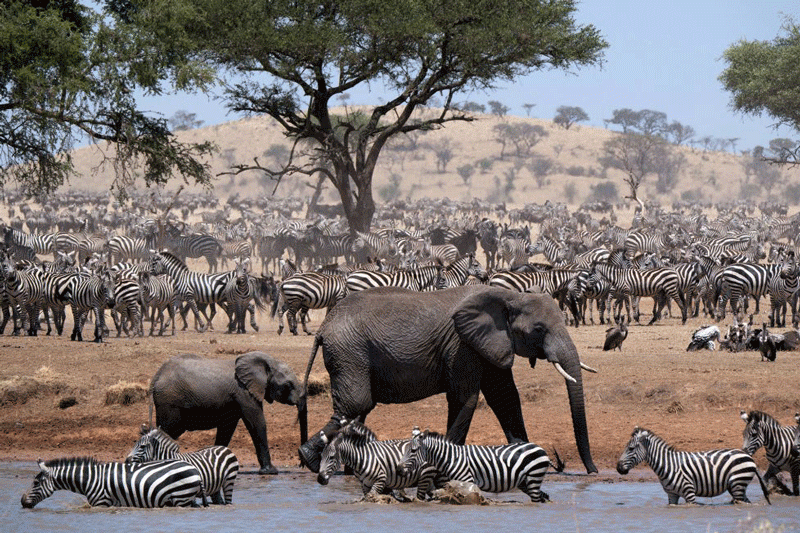
CONSTRUCTION of schools, provision of medical facilities, water, electricity and employment creation and community ownership and conservation of wildlife are the life-changing benefits that international hunting has brought to Tanzanian wildlife-producer communities in the 21st century, says the east African country’s top non-governmental organisation (NGO) that represents wildlife-producer communities.
“International hunting is supporting the construction of medical facilities such as building hospitals and dispensaries and social services like water and electricity supply,” said Mohamed Kamona, a representative of the Community Wildlife Management Areas Consortium of Tanzania.
“Through this sustainable use of wildlife, we also built schools.”
He said the hunting revenue “meets the needs that communities are lacking.” The Community Wildlife Management Areas Consortium of Tanzania is a top NGO which works with local communities and the Tanzanian government whose role is to ensure that community wildlife management policies are being implemented correctly.
“We are doing different kinds of sustainable use activities and one of them is international hunting,” Kamona said.
“The communities’ attitude to wildlife when they benefit, is very positive in a sense that these communities have been living with wildlife even before I was born, even before my grandfather was born,” he said.
Kamona said hunting had always been part of Tanzanian people’s tradition.
“If there are people who oppose hunting, they have to realise that there are communities that depend on wildlife for their livelihoods,” said Kamona in an apparent warning against the animal rights groups’ wildlife-harming opposition to international hunting.
“Just like they depend on vehicles for their transport, it’s the same with Tanzanian people who also depend on wildlife for their livelihoods.
“We have to acknowledge and recognise the importance of sustainable use for the people who coexist and depend on wildlife.”
He said it was unfair for anyone to dictate to other people not to use their wildlife resource.
“We have to respect the concept of sustainable use and it’s good that the Tanzanian government has included international hunting as one of the sustainable use mechanisms,” Kamona said.
“During the days of our grandparents, wildlife was used for their livelihoods, including bush meat for nutritional needs,” he noted.
“But now international hunting revenue is bringing income to build schools.”
Kamona said the international hunting benefits incentivised the communities to conserve wildlife.
“Now the wildlife is creating employment, sending people to school and the communities have a strong sense of ownership over the wildlife that they co-exist with and manage,” he said.
“People are very friendly to wildlife and this helps reduce human-wildlife conflict.”
Kamona said the fact that wildlife roams freely in Tanzania’s wildlife-producer communities indicated that it’s safe.
“The trend is that the more benefits communities receive from international hunting, the less the incidence of poaching,” he said. “Even the statistics published by the Tanzania Wildlife Research shows that the rate of poaching is going down.”
Kamona, who recently attended a strategic meeting for the Southern African Community Leaders Network in Johannesburg, South Africa, said human-wildlife conflict gave evidence that “we have a lot of wildlife that is now moving into communities.”
“As a community member, the role of Community Wildlife Management Areas Consortium of Tanzania is to look at the areas where we can improve our livelihoods and those areas must be part of our environment,” he said. “So as long as wildlife is part and parcel of our environment, we should use all the sustainable mechanisms to improve our livelihoods through our wildlife economy.”










